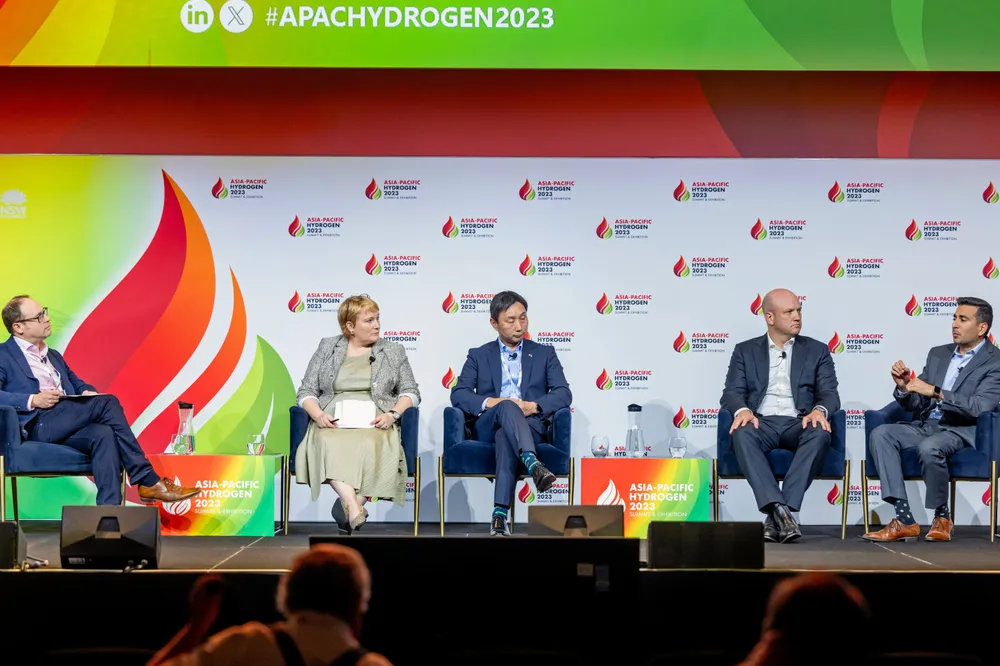Why green hydrogen might require government support for the next ten years or more — and why that would be okay
Renewable H2 will not become cheaper than grey until about 2040, so subsidies and other policies will be required for some time, experts tell conference
